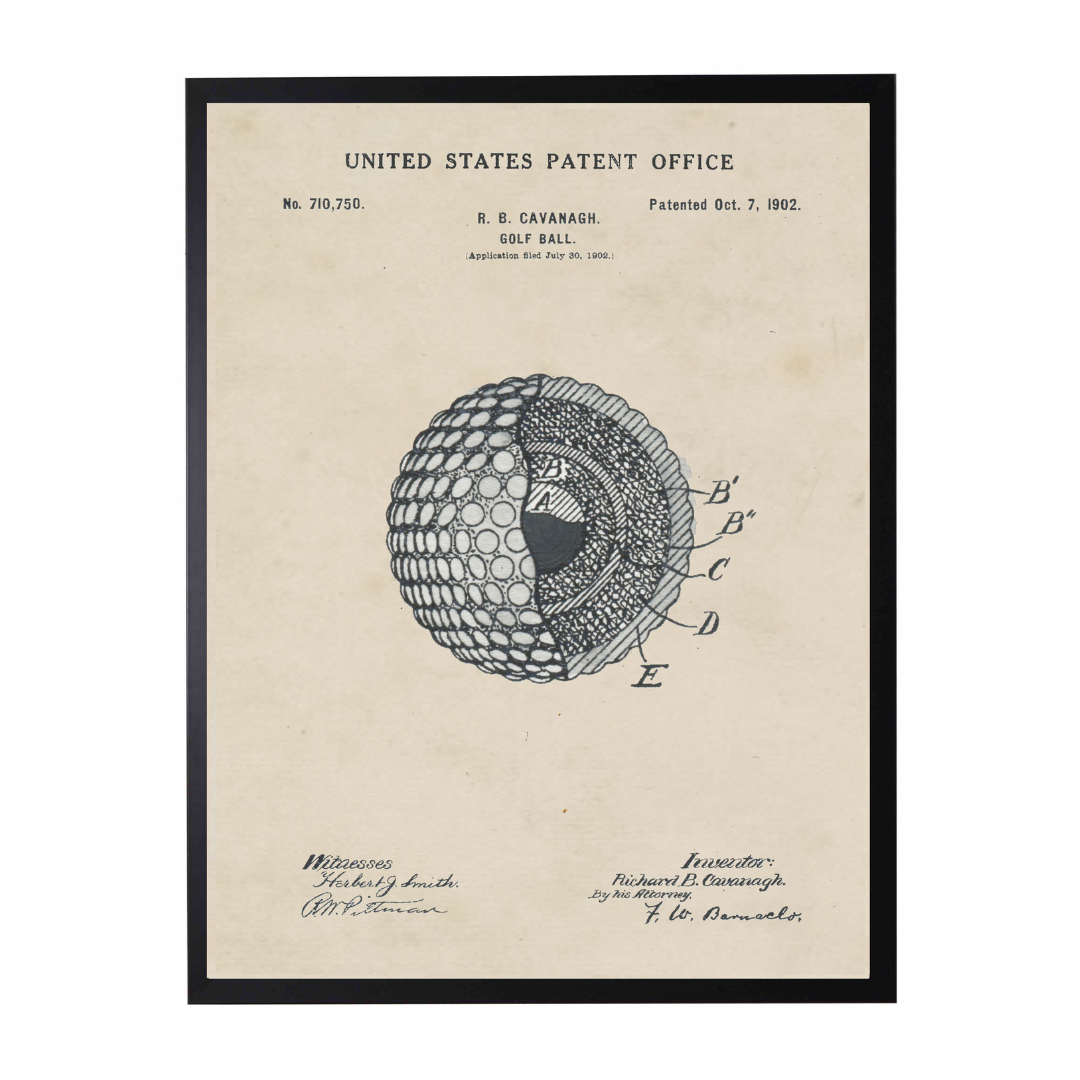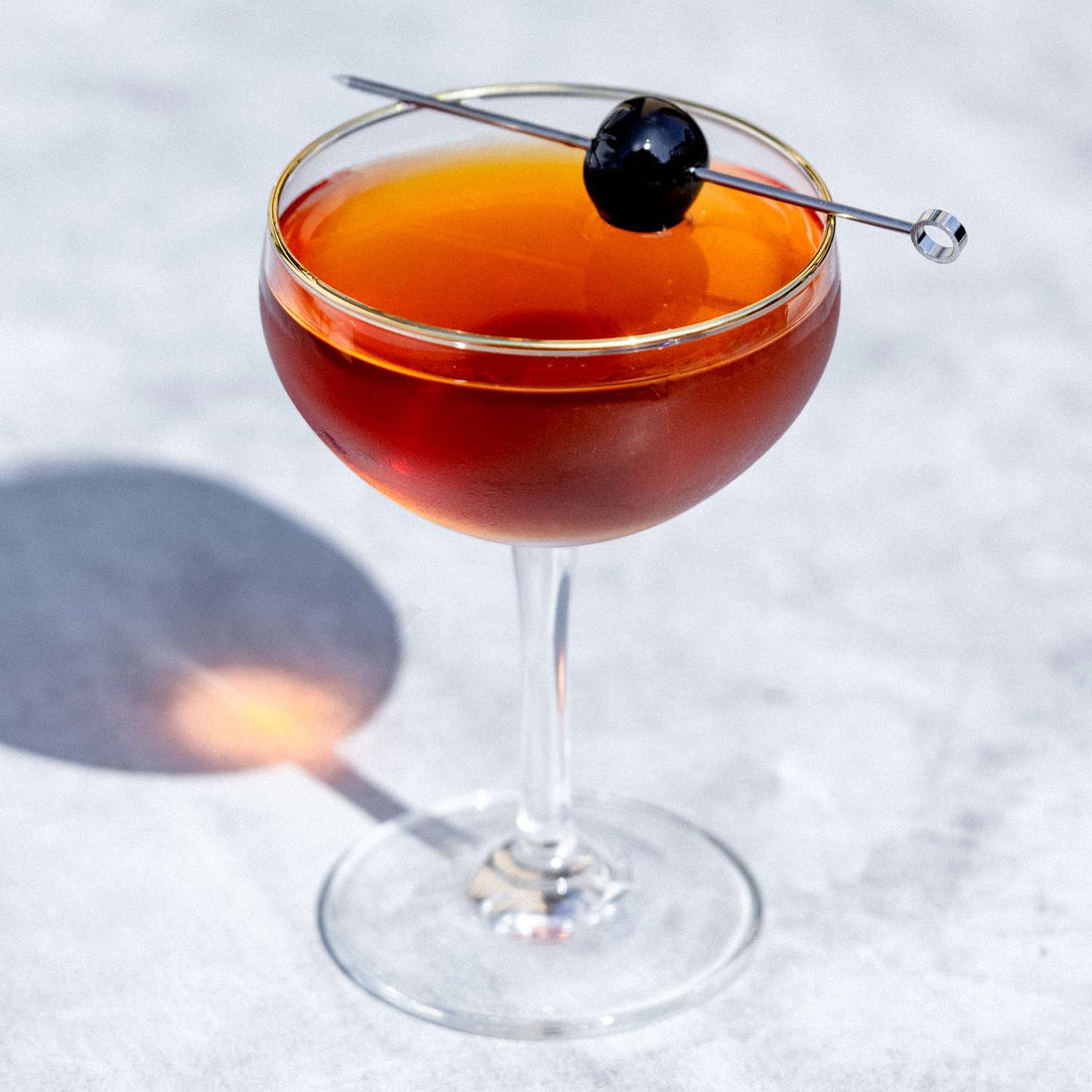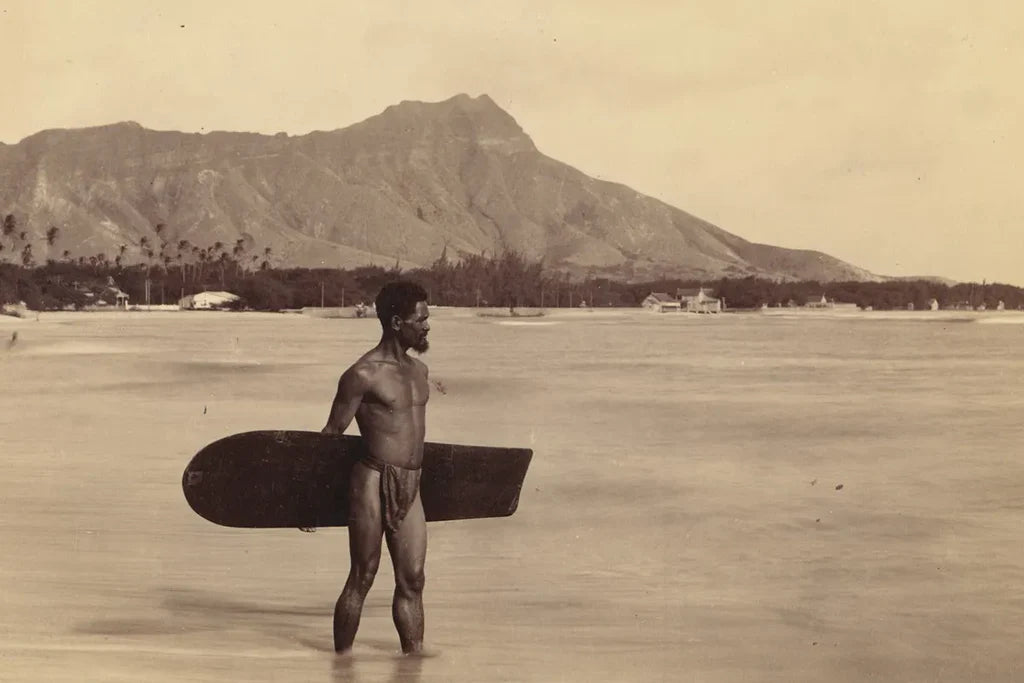Golf, one of the oldest recorded sports, is believed to have been derived from an ancient Dutch game called Apocryphally, played in the early 13th century. The goal of the game was to hit a ball with a stick toward a target hundreds of yards away. The winner reached the object in the least number of strokes. While these rules somewhat mimic the game we know today, modern day golf was first officially documented in 1457 when King James II recognized the game.

During the first golf matches, throughout the early 15th century, wooden and “hairy” golf balls were used. It’s often been refuted that wooden balls were used in Scottish matches, so many believe that these balls were only used in early versions of the game.
The hairy ball, popular in Scotland, was a hand-sewn round leather ball filled with cows’ hair or straw. These balls were initially imported from the Netherlands, but eventually produced in Scotland by the “cordiners and Gouff ball makers or North Leith.”
Even after the “Featherie” golf ball was invented (more on that in a second), the hairy golf ball remained popular, particularly with less wealthy players due to its low production cost.
In 1618, the “featherie” golf ball was invented. The ball closely resembled the “hairy” golf ball, but used harder to come by goose or chicken feathers. Using feathers instead of straw or cows hair meant that the stuffing could be packed more densely, making it harder and able to travel further. The process of making a featherie ball was very time consuming, making them hard to come by and costly if lost.

In 1848, Dr. Robert Adams Paterson invented the Gutta-Percha ball, or Guttie. This ball was made using dry tree sap which had a rubber-like quality and could be molded into a sphere when heated.
The guttie quickly gained popularity as it was cheap to produce, easily re-molded when damaged, and was more aerodynamic than the featherie. After discovering that the marks left on a guttie ball after hitting it made it more aerodynamic, guttie makers started indenting the surface of the balls.
In 1898, the golf ball we know today was invented by Coburn Haskell. He discovered that rubber balls had a lot of bounce and after a suggestion to put a coating on it the rubber Haskell golf ball was born.
Initially, the Haskell balls used the same indentation pattern as popular gutties, a matrix pattern, but in the early 1900s, it was discovered that concave dimples gave the ball a better flight pattern. From this slight pattern change, modern golf balls have scarcely changed.

In 1902, shortly after Coburn Haskell invented the rubber golf ball, Richard Cavanagh of Washington DC, was granted a patent for a new golf ball design. His design, assigned to the Kempshall Manufacturing company, lowered the cost and increased the durability of golf balls by using wood and other low cost materials to construct the ball.
Check out the patent








